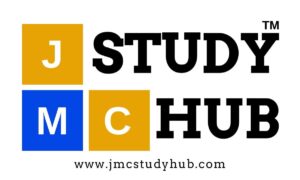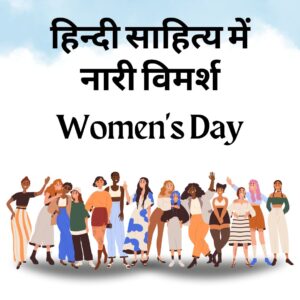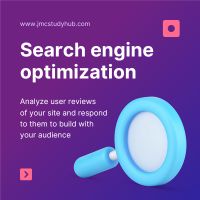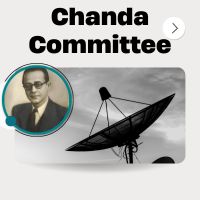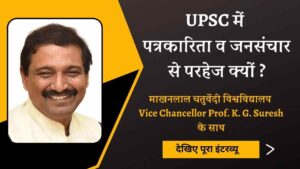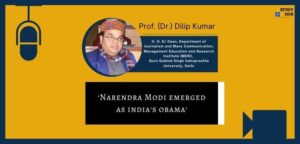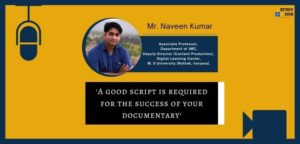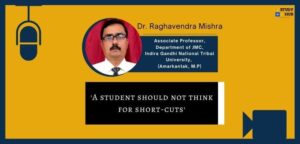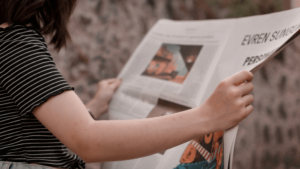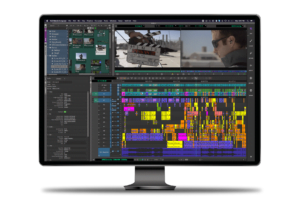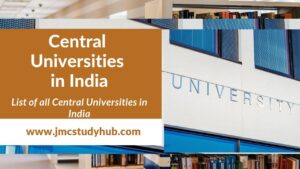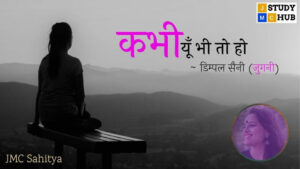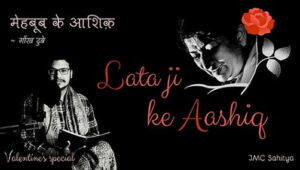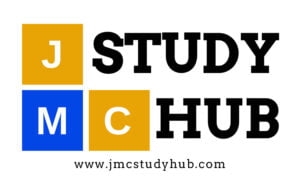Daily Mass Communication Quiz (DMCQ) boost your concepts through day wise solved quiz from the entire course of Journalism and Mass communication (JMC) with detail explanations.
Journalism and Mass Communication Objective Questions (DMCQ)
Q 1. Freedom of the press is specifically stated in the constitution of ……
(A) UK
(B) France
(C) India
(D) US
Correct Answer: (D) US
Explanation: Freedom of the press in the United States is legally protected by the First Amendment to the United States Constitution. In the United States, the government may not prevent the publication of a newspaper, even when there is reason to believe that it is about to reveal information that will endanger national security.
Q 2. Media act as a servant of the State in
(A) Libertariantheory
(B) Democratic participant theory
(C) Authoritarian theory
(D) Development theory
Correct Answer: (C) Authoritarian theory
Explanation: Authoritarian theory describe that all forms of communications are under the control of the governing elite or authorities or influential bureaucrats.
Q 3. Media is omnipotent is a concept implied in
(A) Magic Bullet theory
(B) Agenda setting theory
(C) Catharsis theory
(D) Two step theory
Correct Answer: (A) Magic Bullet theory
Explanation: The “bullet theory” or “hypodermic needle theory” implied mass media had a direct, immediate and powerful effect on its audiences. The theory suggests that the mass media could influence a very large group of people directly and uniformly by „shooting‟ or „injecting‟ them with appropriate messages designed to trigger a desired response.
Q 4. Media audience is a ……….. group.
(A) Homogenous
(B) Heterogeneous
(C) Monolithic
(D) Uniform
Correct Answer: (B) Heterogeneous
Explanation: In mass communication, information reaches to large and vast number of heterogeneous audiences. The audiences of mass communication are not only large in number but also heterogeneous and anonymous in nature. Its audiences may belong to different ages, religions, sections and groups..
Q 5. Ethics means
(A) Code of rules
(B) Code of conduct
(C) Set of moral principles
(D) Code of behaviour
Correct Answer: (C) Set of moral principles
Explanation: Ethics are the set of moral principles that guide a person’s behavior. These morals are shaped by social norms, cultural practices, and religious influences. Ethics reflect beliefs about what is right, what is wrong, what is just, what is unjust, what is good, and what is bad in terms of human behavior.
Q 6. Which body was instrumental in establishing Audit Bureau of circulation?
(A) Press Council of India
(B) Registrars of Newspapers of India
(C) Advertising Society of India
(D) Indian Newspaper Society
Correct Answer: (D) Indian Newspaper Society
Explanation: ABC provides its member advertising agencies with uptodate audited circulation data every – six months relating to member publications in the country. An advertising agency seeking membership of the Bureau should be accredited to Indian Newspaper Society (INS). The need, however, was felt for the establishment of a co-ordinating body in this country, comprising the proprietors of newspapers, which could deal directly and more expeditiously with the various day-to-day problems arising out of newspaper production.
Q 7. The highest revenue that a newspaper generates under normal circumstances is from….
(A) Subscription
(B) Advertisement
(C) Promotional activities
(D) Copyrights
Correct Answer: (B) Advertisement
Explanation: The primary source of revenues for a newspaper company is advertising and subscription. The highest revenue that a newspaper generates under normal circumstances is from advertisement.
Q 8. When did Doordarshan switch over to colour transmission?
(A) 1980
(B) 1981
(C) 1982
(D) 1983
Correct Answer: (C) 1982
Explanation: On April 25, 1982, the first colour broadcast was tested in India, and that heralded a new era for Indian television. Remember the colour telecast of the 1982 Asian Games in Delhi.
Q 9. Which was the second Indian city to get television broadcasting service?
(A) New Delhi
(B) Kolkata
(C) Madras
(D) Mumbai
Correct Answer: (D) Mumbai
Explanation: The first major expansion of television in India began in 1972, when a second television station was opened in Bombay.
Q 10. Who launched the first public service broadcasting in world?
(A) ABC
(B) NBC
(C) BBC
(D) Nippon
Correct Answer: (C) BBC
Explanation: The BBC World Service began on 19 December 1932 as the BBC Empire Service, broadcasting on shortwave and aimed principally at English-speakers across the British Empire.
